Gallery: New Species of the Mekong

Khone Falls
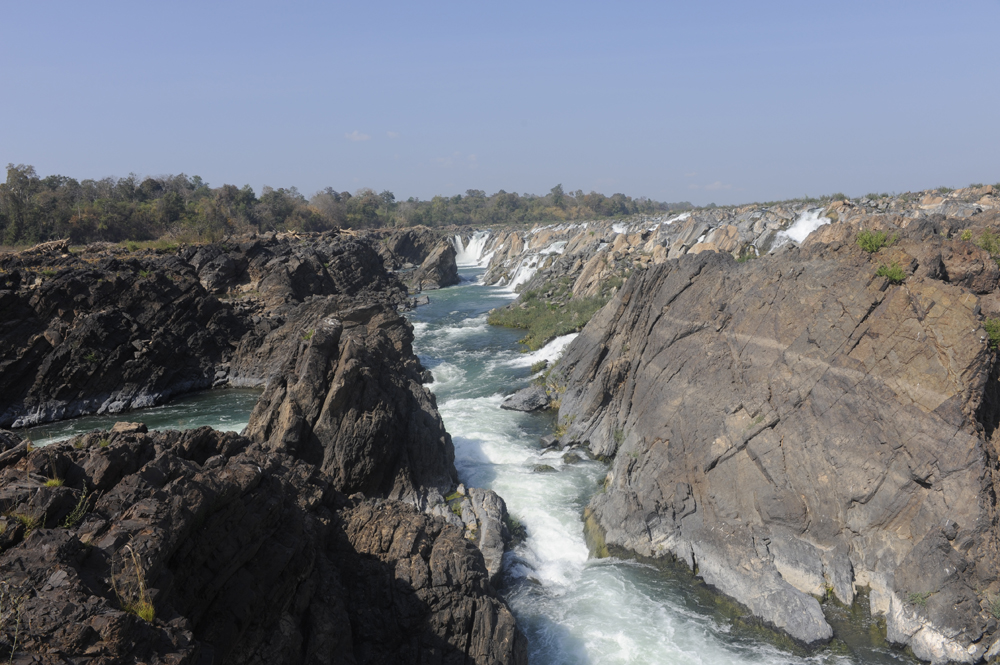
Spectacular Khone Falls, Laos, in the Mekong river ecoregion. Throughout its journey, from the Himalayas to theDelta, the Mekong river takes on many forms: active, extreme and truly epic.
[Read the whole story here: 208 Species Discovered in Asia's Mekong Region in 1 Year.]
Monkey (Rhinopithecus strykeri)

While this species, sporting an Elvis-like hairstyle, is new to science, the local people of Myanmar know it well.Scientists first learned of Snubby - as they nicknamed the species - from hunters in Myanmar's forested,remote, and mountainous (Himalayan) Kachin state in early 2010.
Monkey (Rhinopithecus strykeri)
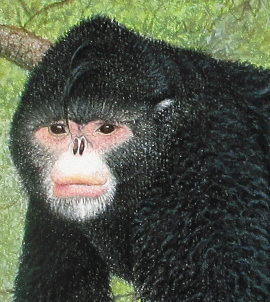
While this species, sporting an Elvis-like hairstyle, is new to science, the local people of Myanmar know it well.Scientists first learned of Snubby - as they nicknamed the species - from hunters in Myanmar's forested,remote, and mountainous (Himalayan) Kachin state in early 2010.
Gherkin Fish (Schistura udomritthiruji)

A loach that looks like a gherkin was officially described in Southern Thailand. This particular new species, one of25 new fish discoveries in 2010, is only known to be found in two clear gravel-bed streams flowing into theAndaman Sea between Takua Pa and Ranong. Based on the best available data, experts estimate that the GreaterMekong region is a permanent home to about 850 freshwater fish, with an approximate total of 1,100 includingthe coastal and marine 'visitors'.
Self-Cloning Lizard (Leiolepis ngovantrii)

A staggering array of reptile diversity was also newly discovered in 2010 - 28 reptiles in total including thenewfound Leiolepis ngovantrii - an all-female species that reproduces via cloning, without the need for malelizards. Being all female, the newly discovered species may already be at a disadvantage because of its lack ofgenetic diversity. Even though it doesn't seem to be rare in the wild, low levels of genetic diversity couldcompromise the robustness of the species, making it less resilient to changes in the climate and habitat over time.
Wolf Snake (Lycodon synaptor)
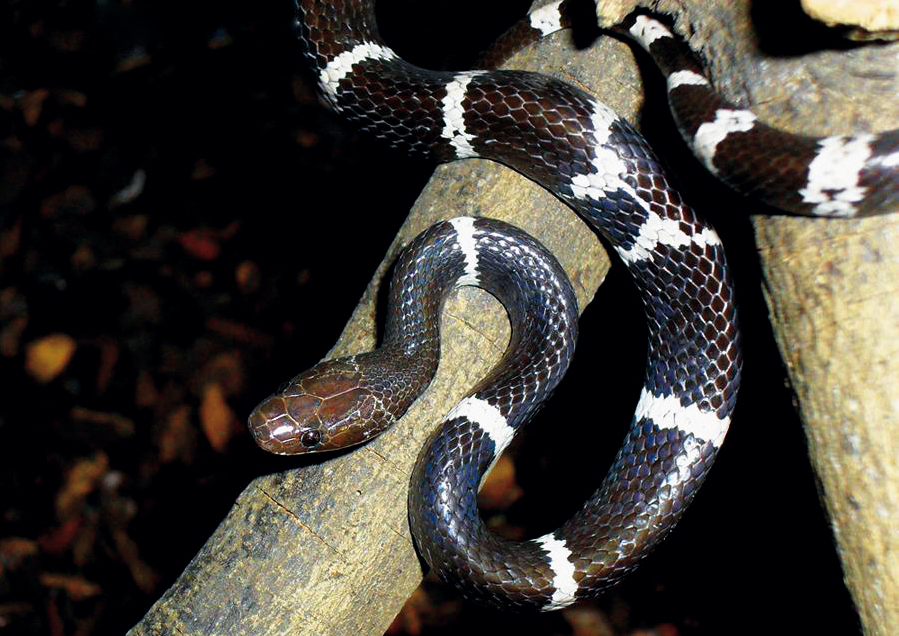
Among the new reptile discoveries is the wolf snake, Lycodon synaptor or Boehme's wolf snake, fromDongchuan, a mountainous region of Yunnan Province, China. Wolf snakes are so-called because of their largefangs in both jaws. Wolf snakes are often nocturnal, can grow to lengths of about 50 cm (20 inches), and preychiefly on frogs, geckos, and other lizards.
New Orchid Find (Dendorbium dalakense)

145 plants were discovered in the Greater Mekong in 2010. A beautiful orchid, with thick glossy white and orangeflowers, was newly identified after being collected by a local plant hunter and handed to orchid experts at KewBotanical Gardens in London, England. The forests of the Greater Mekong harbour a rich variety of floweringplants. Orchids are the prime example of this plant diversity: 16 new orchid species from the Greater Mekongwere officially described in 2010.
Get the world’s most fascinating discoveries delivered straight to your inbox.
Limestone Leaf-Warbler (Phylloscopus Calciatilis)
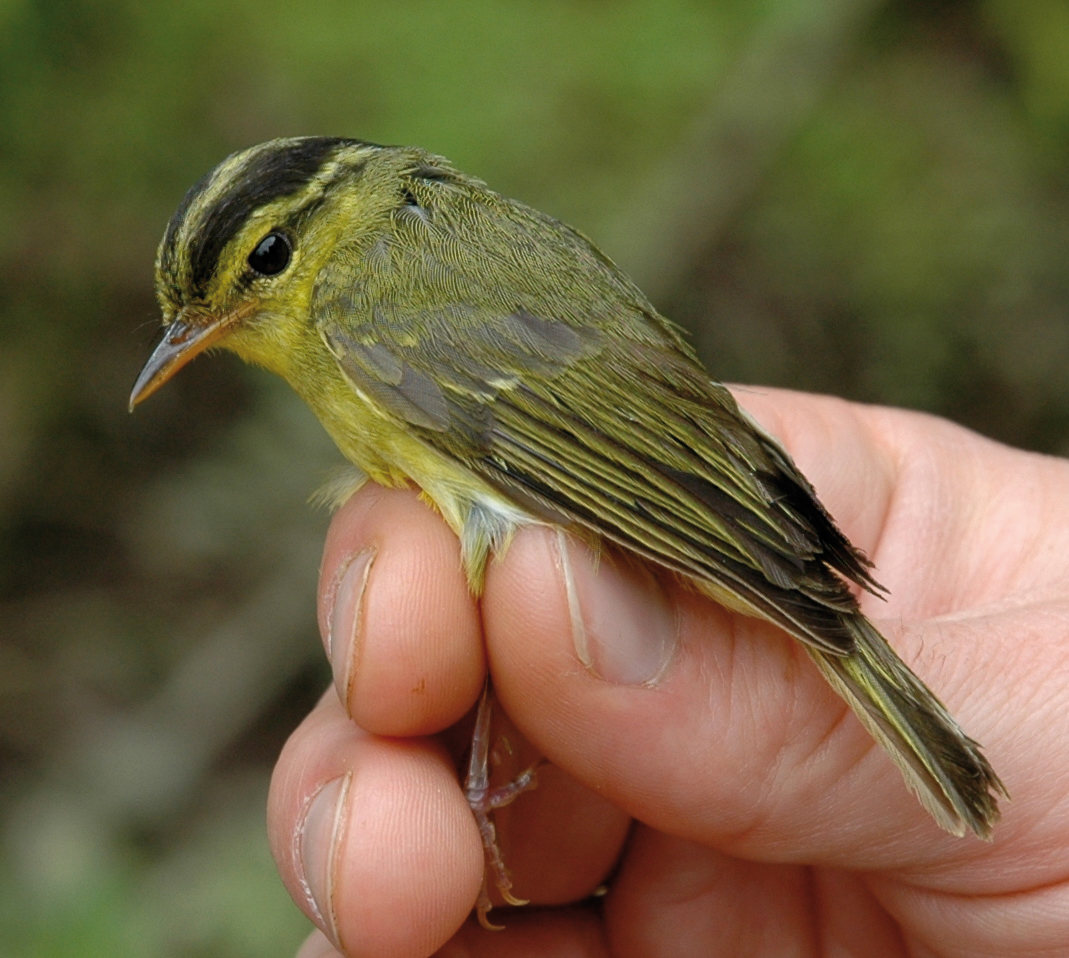
In January 2010, a small, distinctive bird living in the rocky forests of the Annamite mountain range in Laos andVietnam was described for the first time. it is similar to other warblers in this area of Southeast Asia, except for itsdistinct vocalizations and slight morphological differences. The tiny bird is greenish-olive with a yellow breastand striped crown. It has a loud and unique call, which is what first alerted the researchers that the bird may benew to science.
Psychedelic Gecko (Cnemaspis psychedelica)
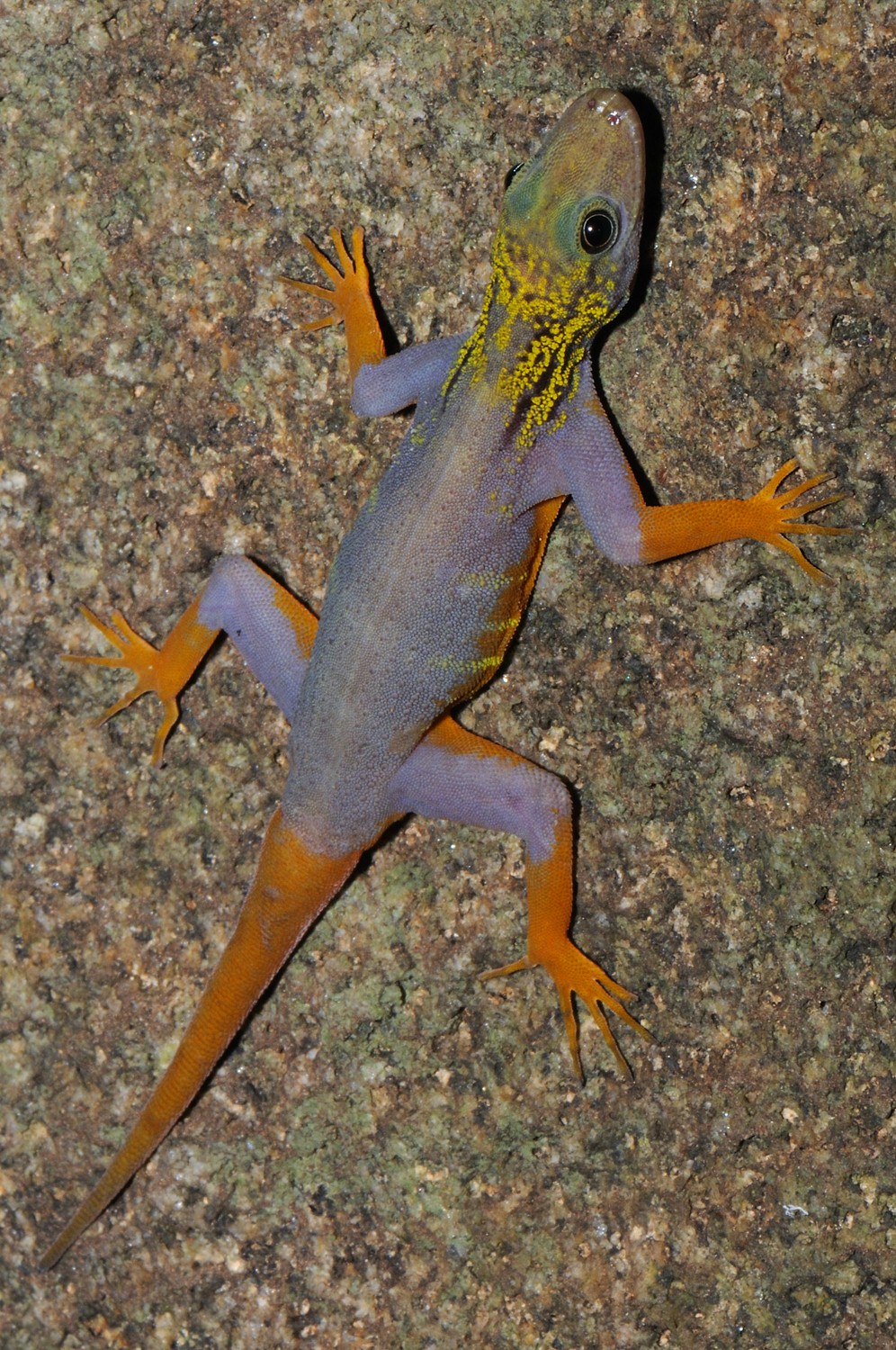
A new psychedelic gecko species was discovered this past year on Hon Khoai Island, Ca Mau Province, Ngoc HienDistrict, 18 km off the southern tip of the Ca Mu Peninsula in southern Vietnam. The new species is unique in thatit displays a remarkable psychedelic pattern of bright orange appendages; a dense, yellow neck overlying thick,black, lines; and a blue-gray body bearing yellow bars on its bright-orange sides. Cnemaspis psychedelica isknown only from the tiny (roughly 8 km2) Hon Khoai Island. The island reaches approximately 320m at itshighest point, with thick forest cover sloping gently down to a mangrove-lined coast. Scattered across thelowlands of the island are small to massive boulders that provide the habitat for Cnemaspis psychedelica.
Five Species of Carnivorous Pitcher Plant Nepenthes andamana

Perhaps the most interesting of the new plants are the five species of pitcher plants discovered. Four are fromThailand and one was found in Cambodia. As carnivorous plants, pitchers eat pretty much anything they canentice into their cavernous bellies. Some species of Nepenthes can grow to a maximum height of 100 cm withvines exceeding 25 cm high. Botanical experts say that they can actually lure in and consume small rats, mice,lizards and even birds. Nepenthes andamana is from Phang Nga Province, Thailand, where it grows at sea level incoastal savannah and grassland habitats.
Five Species of Carnivorous Pitcher Plant Nepenthes holdenii
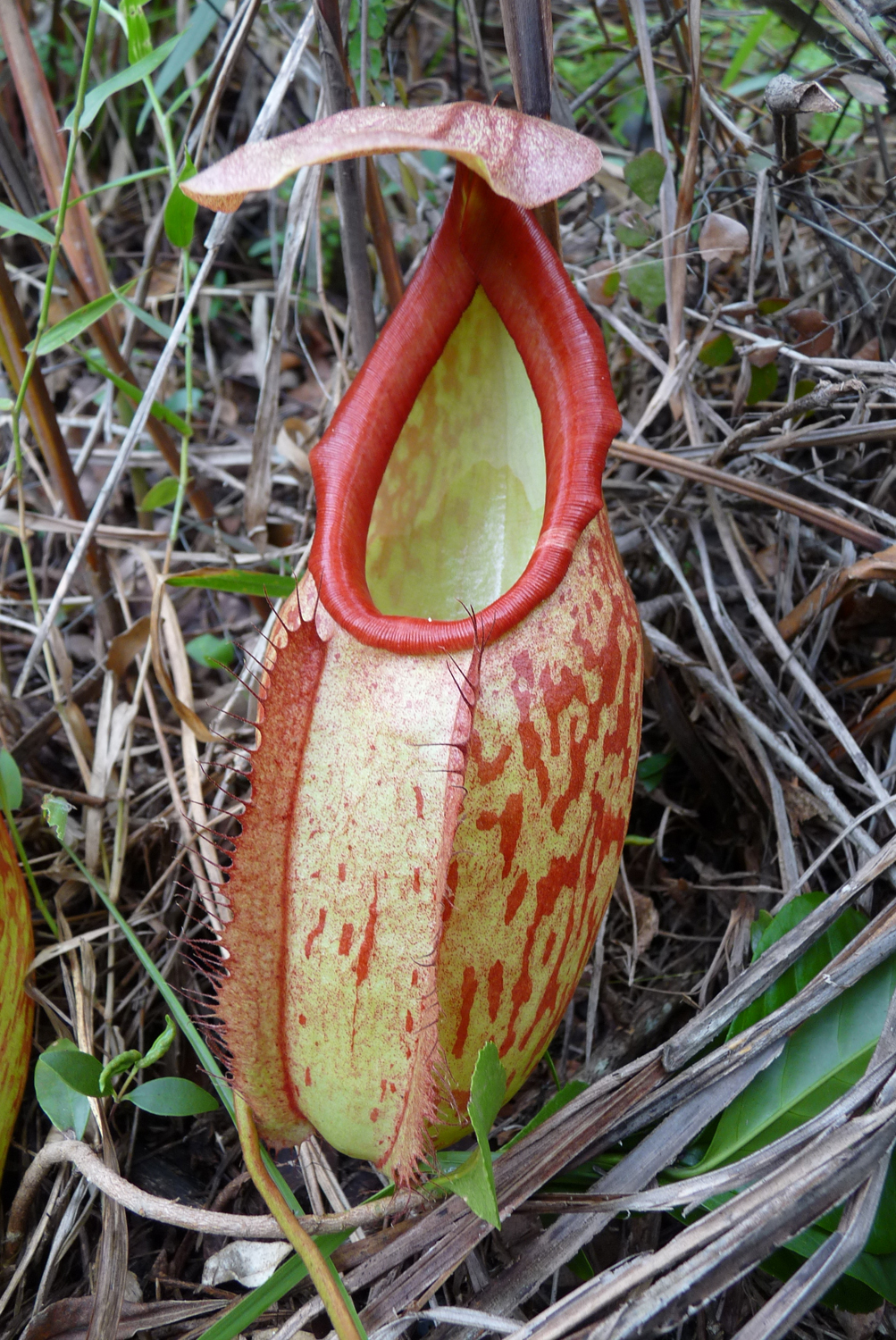
Nepenthes holdenii is known to exist on two peaks in the CardamomMountains of western Cambodia, where it grows at elevations of 600800 m above sea level.



